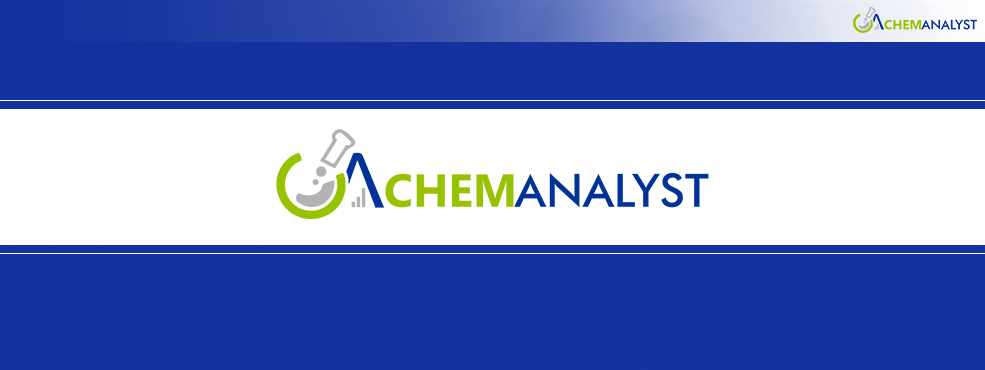Welcome To ChemAnalyst

Moleaer unveils nanobubble process that boosts efficiency and performance in batteries, hydrogen, fuel cells, and water filtration membranes.
Moleaer, a frontrunner in nanobubble technology, has introduced a groundbreaking, patent-pending process that holds the potential to revolutionize several key sectors — including lithium-ion battery production, green hydrogen generation, PEM fuel cells, and water filtration. This innovation harnesses the unique properties of nanobubbles by incorporating them directly into the thin-film fabrication process, a method critical for producing components used in energy storage and clean water systems.
The technique involves the infusion of billions of nanobubbles into liquid coatings during the film formation stage. These nanobubbles help to stabilize the mixtures, enhance the dispersion of materials, and optimize pore size distribution — resulting in thin films with higher uniformity, structural quality, and controllable porosity. These material improvements directly translate into enhanced efficiency, performance, and longevity of the final products in multiple clean technology applications.
For example, in PEM fuel cell cathode catalyst layers, the use of this nanobubble process has shown up to a 20% increase in power output using the same active surface area. This can lead to more compact, lightweight, and cost-efficient fuel cell systems ideal for applications in transportation and portable energy.
In the water filtration industry, ultrafiltration membranes fabricated using this approach experienced as much as a 66% boost in water permeability. This improvement, driven by greater surface and internal porosity, maintains water quality and structural integrity while cutting down on energy use.
When applied to green hydrogen production, specifically in the anode catalyst layers of PEM water electrolyzers, the process achieved a 17% improvement in current density at operational voltages. This means hydrogen can be generated more efficiently and at a reduced cost — a significant leap for the adoption of green hydrogen technologies.
For lithium-ion batteries, particularly those using NMC cathodes, the nanobubble-assisted process enhances performance during fast charging (high C rates) and improves capacity retention, effectively extending battery lifespan.
According to Moleaer CEO Nick Dyner, thin films are central to technologies driving clean energy and water solutions, but traditional fabrication methods impose limits on their performance. The company's nanobubble-enabled process offers an elegant, non-disruptive alternative that integrates easily into current manufacturing setups, without requiring changes to formulas or equipment.
Independent peer reviews and validation studies confirm the consistency and precision of the process. Dr. Mohamed Abdelrahman, Moleaer’s Senior R&D Application Engineer, explains that nanobubbles serve as "invisible scaffolding" that guide nanoscale material organization, improving film quality and minimizing defects.
With rising global demand for sustainable energy and water technologies, Moleaer's innovation comes at an opportune moment. The company is now seeking to bring this technology to market by partnering with leading energy and membrane manufacturing companies.
We use cookies to deliver the best possible experience on our website. To learn more, visit our Privacy Policy. By continuing to use this site or by closing this box, you consent to our use of cookies. More info.
